The style and decor were unexceptional. Apart from the panka fans hanging from the ceiling, gently swayed by an invisible hand, the furnishings were almost identical to those in most chambers used for deliberations. The room was stark white, without moldings, and two side corridors were open to the public. Surely many parliaments had less beautiful premises.

Cool breeze through Binh Loi bridge
I attended one of the council meetings and did not regret the afternoon. To be honest, the discussion was not very interesting. The day was spent on trivial matters: complaints, applications for subsidies and relief - many of them. New taxes were also discussed, an increase in the rice export tax, and the discussion became more animated. But this did not last long. They returned to the complaints.
Around the horseshoe-shaped table, French councilors in white suits sat interspersed with Annamese colleagues in dark ao dai, standing out on the green carpet like dominoes. The natives, very serious, very disciplined, determined not to miss a syllable even if they did not understand. Only at the time of voting did an interpreter help them grasp the situation, translating the rapporteur's conclusions for them.
And, miraculously, however complex the conclusions, the interpreter managed to convey them fluently by applying the method of the intermediary character in Bourgeois gentilhomme, that is, to reduce the information to three or four onomatopoeic words, which sounded like Belmen and Marababa sahem, which convinced me that Annamese had many attributes similar to Turkish, a language with few words but with so many meanings that you should not ignore. Then the native council members nodded solemnly and then the matter moved on to other matters.
But the peculiarity of this council, the essential thing which endeared it to us, was its simple, unashamed, and plainly most benevolent regard for human frailty and the extreme heat of the changing seasons.
In contrast to what happens in other parliaments, where the stuffy atmosphere often covers the voices of speakers, here people speak together… and enjoy refreshments.
Before each person was a drink of choice diluted with ice and soda water. Occasionally, waiters passed around the room, refilling glasses and bringing cigars and cigarettes to those who wanted them.
Saigon day and night
In general, the city is quite pleasant, although life is fragmented. In contrast to what happens in tropical cities, which go to bed early and rise early, Saigon stays up late and sleeps in. By 9am, except in the local residential areas and the area around the market, the streets are quiet, doors closed.
Only the Cha Chetty and the Chinese showed signs of activity: the former group squatted in stalls about half a square meter wide to settle accounts; the latter group, consisting of tailors, shoemakers, and carpenters, in the narrow ground floors, called "compartments" here, began to work with sewing machines, awls, and planes.
It was not until 9 or 10 a.m. that white suits and uniforms appeared on Catinat Street. At exactly 11 a.m., people had lunch. Then, once again, from noon to 3 p.m., the shops closed. It was lunchtime: the streets and cafes were deserted, Saigon was quiet again.
From 5 to 7 pm, people often go to listen to music or take a tour of the inspection tour to see the sights. Music plays, sometimes at the Botanical Garden [now the Zoo], sometimes in front of the officers' club [now the District 1 People's Committee Headquarters] on Norodom Avenue [now Le Duan Street], not far from where the bronze statue of Gambetta is erected. [...]
The provincials call the "Tour d'inspection" a "city tour." It's a pleasant 10-kilometer journey along unrivaled scenic roads that pass through busy canals, past rolling rice paddies and swaying coconut palms. The traffic is bustling and cheerful, from Victorian carriages carrying well-groomed ladies and leisurely gentlemen to humble, rattling cabs.
On the roads, horse riders and cyclists race at speed. But, although cycling has a large following here, it is not yet a highly regarded sport .
Four times a week, there were plays from 9 o'clock to midnight. Of all the cities of the East Indies and the Far East, only Saigon and Batavia had theaters. The auditorium was arranged in much the same way. The building, situated in the middle of a square, under the shade of trees, could accommodate 1,000 spectators, which was more than enough. The interior decoration was quite simple but also very elegant, the auditorium was designed to suit the climate. The box seats were separated from the terrace overlooking the garden by only low partitions for ventilation. In such conditions, the play was less horrifying and the operetta less tragic. (continued)
Nguyen Quang Dieu excerpted from the book Around Asia: Cochinchina, Central Vietnam, and Bac Ky, translated by Hoang Thi Hang and Bui Thi He, published by AlphaBooks - National Archives Center I and Dan Tri Publishing House in July 2024
Source: https://thanhnien.vn/du-ky-viet-nam-mot-phien-hop-cua-hoi-dong-thuoc-dia-185241204223959157.htm





![[Photo] Closing of the 14th Conference of the 13th Party Central Committee](https://vphoto.vietnam.vn/thumb/1200x675/vietnam/resource/IMAGE/2025/11/06/1762404919012_a1-bnd-5975-5183-jpg.webp)
![[Photo] Prime Minister Pham Minh Chinh receives the delegation of the Semiconductor Manufacturing International (SEMI)](https://vphoto.vietnam.vn/thumb/1200x675/vietnam/resource/IMAGE/2025/11/06/1762434628831_dsc-0219-jpg.webp)



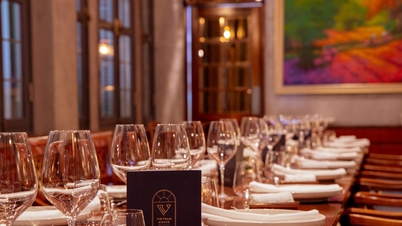

![[Photo] Ho Chi Minh City, a multi-centered megacity after the merger](https://vphoto.vietnam.vn/thumb/402x226/vietnam/resource/IMAGE/2025/10/28/1761644283512_ndo_br_2-jpg.webp)

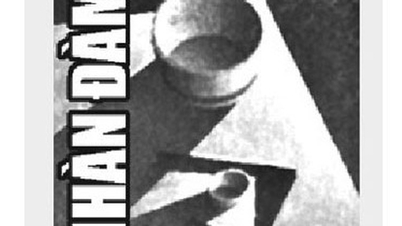

![[Video] The third National Press Award "For the cause of developing Vietnamese culture"](https://vphoto.vietnam.vn/thumb/402x226/vietnam/resource/IMAGE/2025/11/06/1762444834490_giai-bao-chi-vh-3937-jpg.webp)






















































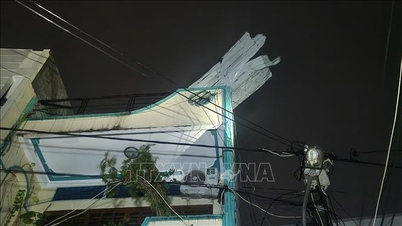

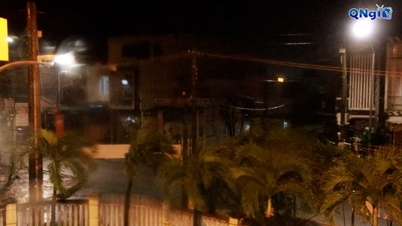

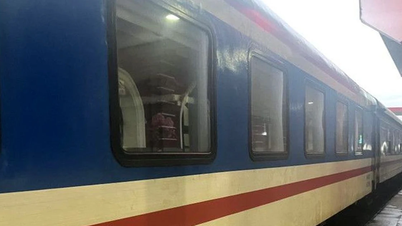

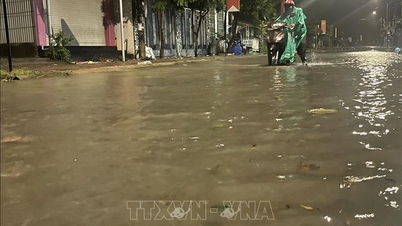

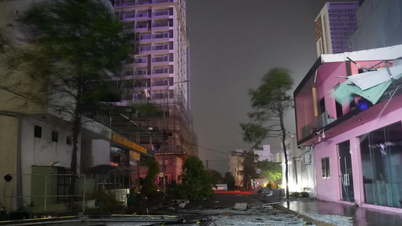


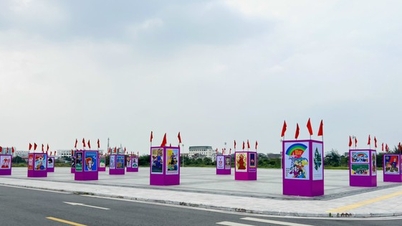






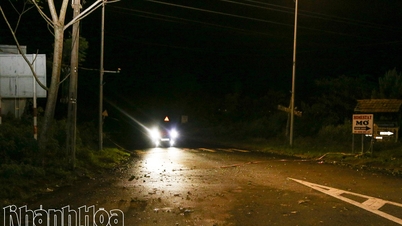

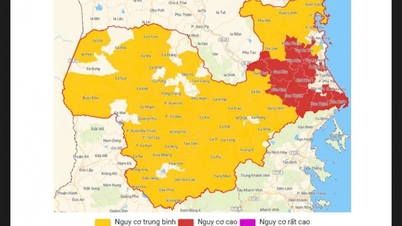

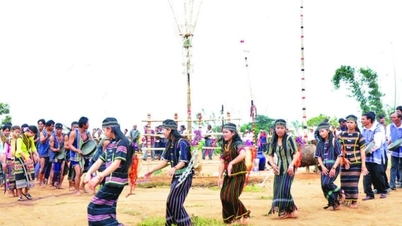














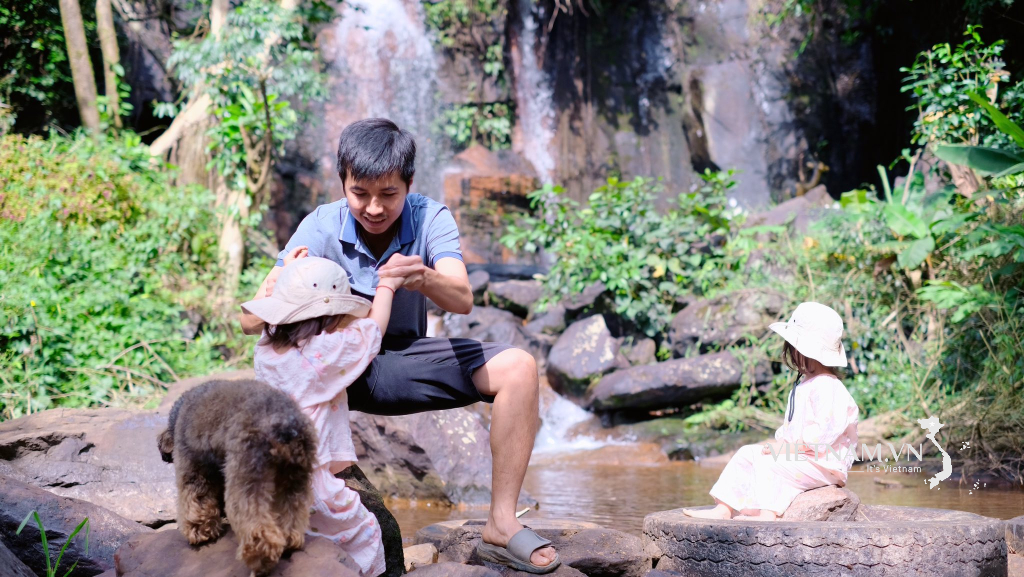
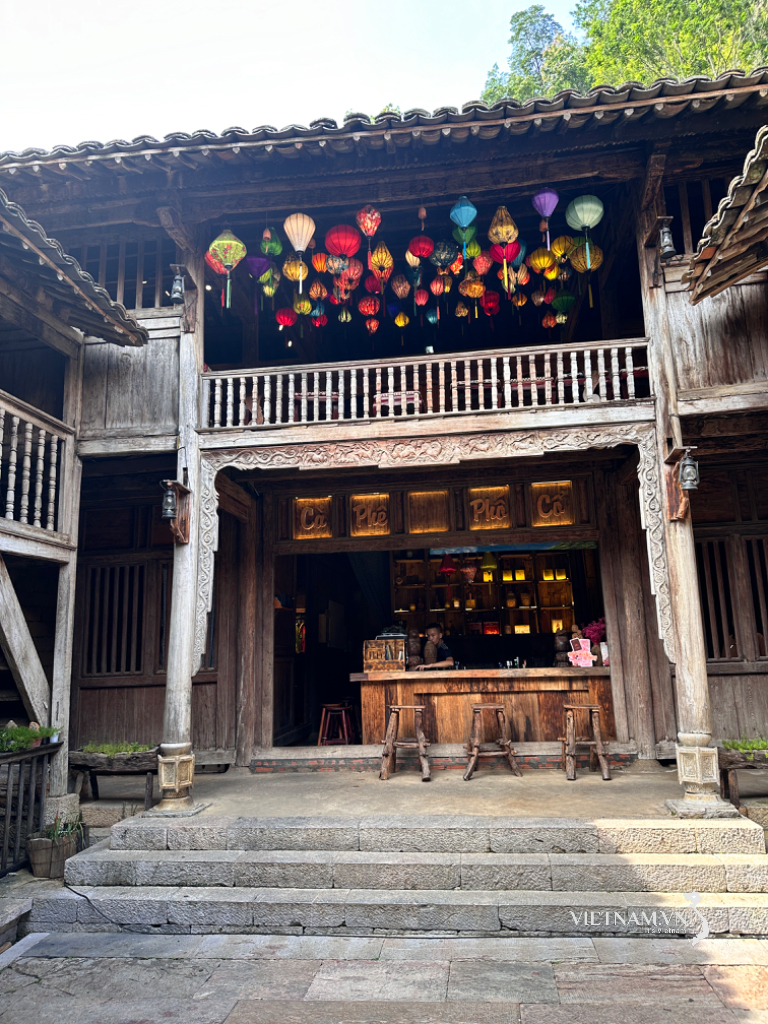

Comment (0)